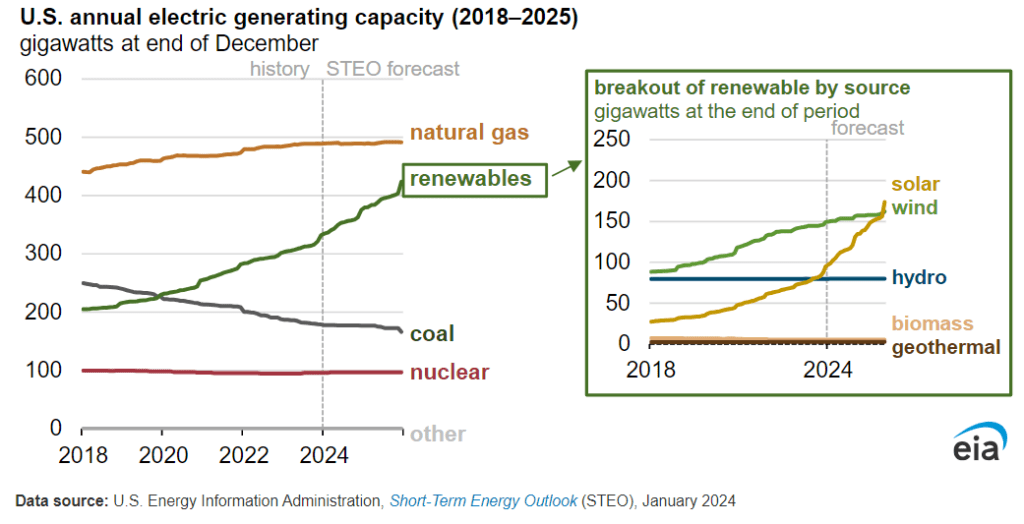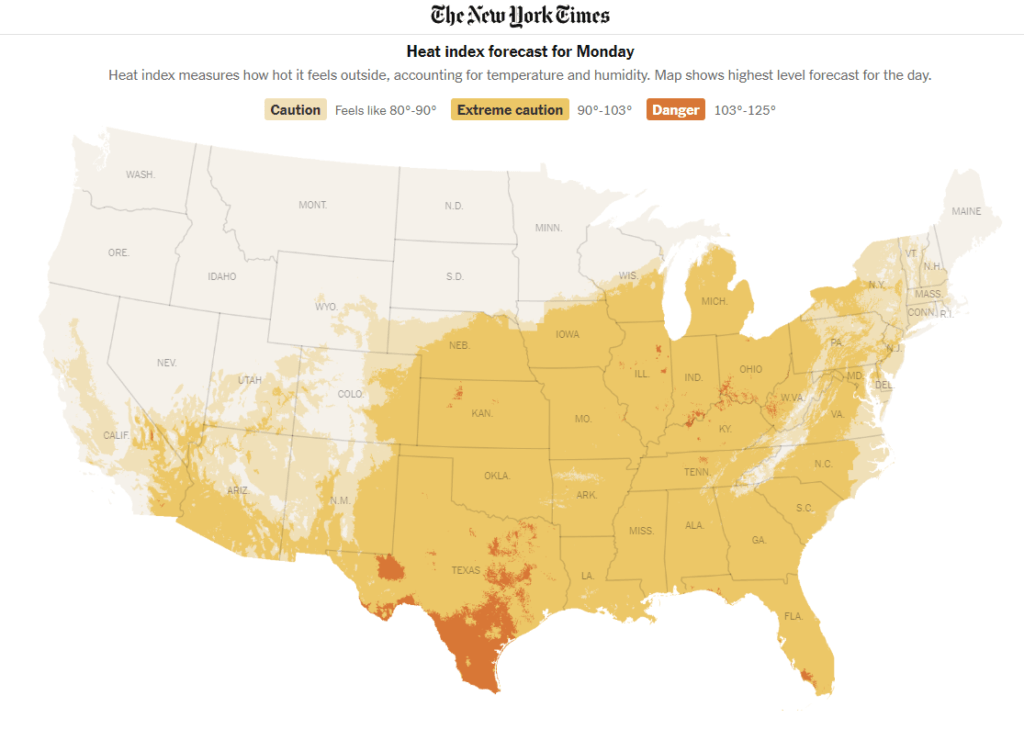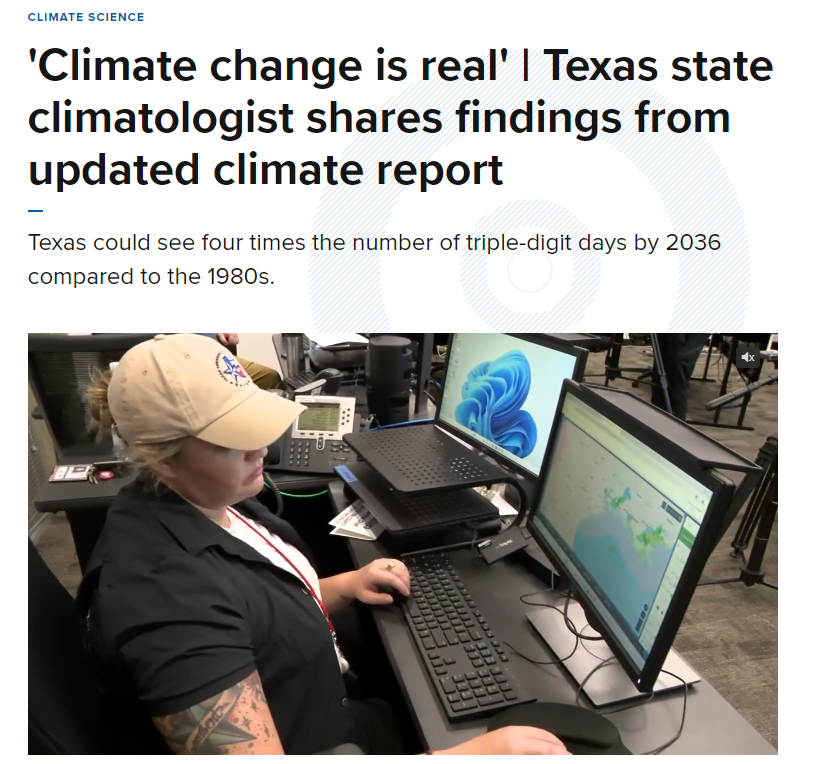The Energy Information Administration expects solar generation to grow from 163 billion kWh in 2023 to 286 billion kWh in 2025.

A recent report from the U.S. Energy Information Administration (EIA) showed strong growth for solar energy and moderate growth for wind energy.
During the period from 2023 to 2025, the EIA expects solar generation to grow 75%. The U.S. generated about 163 billion kWh in 2023, and EIA expects this to reach 286 billion kWh by 2025.
According to PV Intel data, solar power generated 5.78% of U.S. electricity from January to October 2023, an increase of 16% over the previous year.
Wind power generation is expected to grow 11% from 430 billion kWh in 2023 to 476 billion kWh in 2025.
EIA expects coal generation to drop from 665 billion kWh in 2023 to 548 billion kWh in 2025. Natural gas is expected to continue to generate 1,700 billion kWh in 2024 and 2025, making it the largest source of electricity in the U.S. Over the next two years, both natural gas and nuclear power are expected to remain relatively flat in their generation contributions.
In total, the U.S. electric power sector produced 4,017 billion kWh. As a group, renewable energy generation has passed total nuclear generation in 2021 and surpassed coal in 2022. Renewable energy sources include solar, wind, hydroelectric power, biomass, and geothermal.
Increasing renewable energy capacity is driving this shift in generation mix. Solar developers are expected to increase total operating capacity by 38% by 2024. Total solar capacity is expected to increase from 95 GW at the end of 2023 to 131 GW by the end of 2024.
U.S. Energy Information Administration (EIA) estimates utility-scale solar projects larger than one megawatt will have installed 45 GWdc by 2024, which is expected to increase to 53 GWdc in 2025. The total solar power capacity expected for 2024 is 53.5 GW when Wood Mackenzie Power and Renewables conservatively projects 6 GW for residential solar and 2 GW for commercial. According to projected figures, 65 GW of solar power could be installed by 2025.






 NextEra is one of the largest owners of gas fired power plants in the US.
NextEra is one of the largest owners of gas fired power plants in the US.